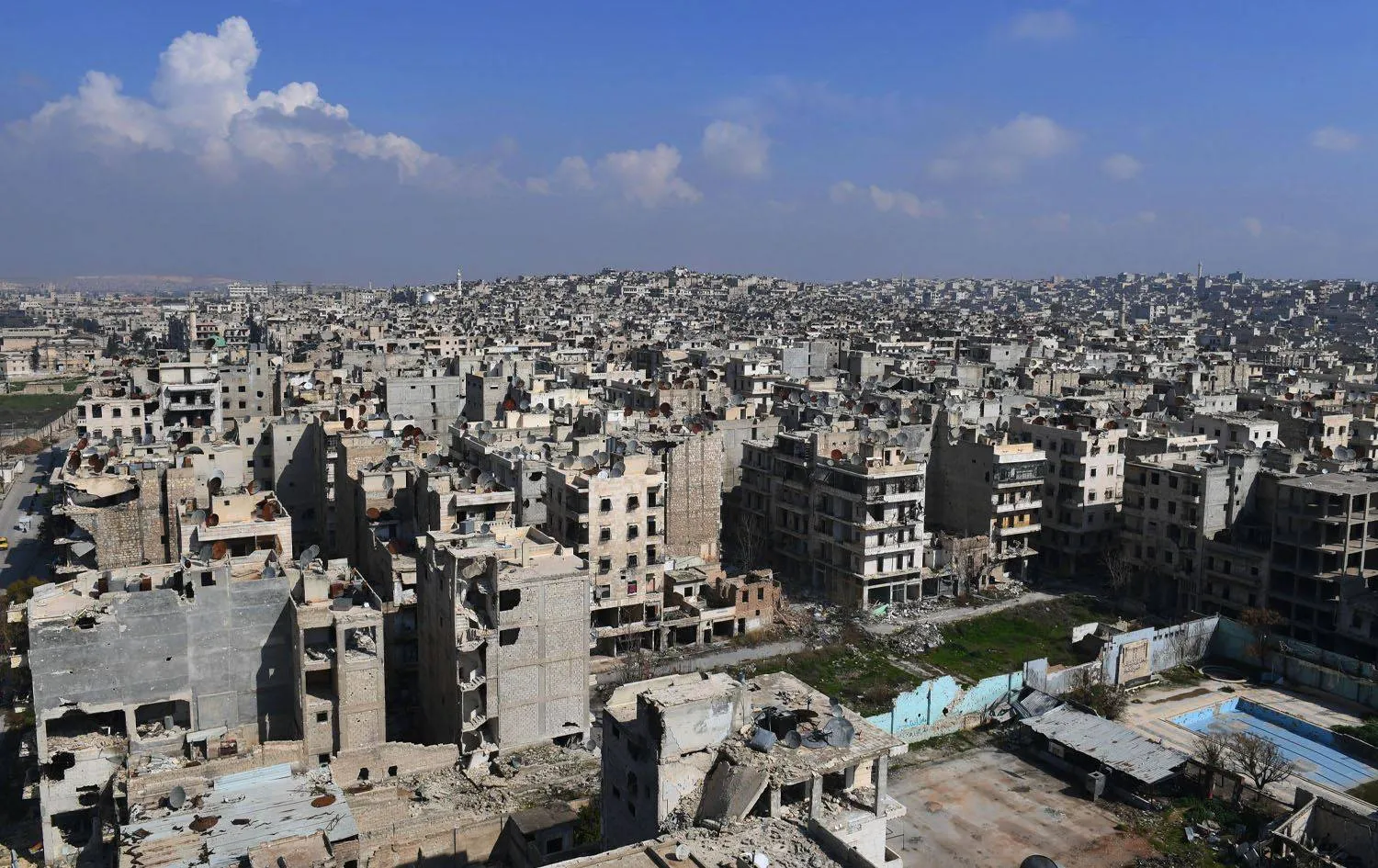Iranian Revolutionary Guards Corps factions set aircraft-detecting radar in Syria’s al-Mazare area, around al-Mayadeen city in the eastern sector of the Deir Ezzor countryside.
According to sources from the Syrian Observatory for Human Rights, Iranian military experts have monitored the process of fixing and operating the radar.
The area is strategically vital for its geographic altitude that overlooks al-Mayadeen city and regions held by the Kurdish Syrian Democratic Forces (SDF) and coalition forces east of the Euphrates River.
Two weeks ago, the IRGC’s Abu al-Fadl al-Abbas militia withdrew from its military position near the al-Shibli area on the outskirts of al-Mayadeen. Lebanese Hezbollah fighters were deployed in their place.
Prior, the IRGC had transported a number of weapons and ammunition from their caches in the al-Mazare area to houses in residential neighborhoods in the city, raising fears among the locals that they would be used as human shields.
Meanwhile, the central committees in the southern Daraa region reached a new agreement, after meeting with the Russian-delegated officer, Assad Allah, to cease military operations in the Daraa al-Balad neighborhood and the governorate’s countryside.
The regime forces had closed all roads in Jasim city, in the northern countryside of Daraa, coinciding with the arrival of military reinforcements of about 200 soldiers to al-Mohs hill west of the city, according to the Ahrar Houran Gathering.
The Russian forces and the Central Committee in Houran reached an agreement on Saturday to displace 132 wanted persons to northern Syria. However, several of the included people refused to leave Daraa to any other area, according to informed sources.
Local sources in Daraa said the regime forces insisted on displacing several opposition fighters to stop the military campaign.
The opposition website Ahrar Houran Gathering stated that the regime’s security committee gave the central committee until Sunday morning to respond to this condition.
The agreement also includes the entry of Eighth Brigade forces of the Fifth Corps, supervised by the Russian troops, to several locations in Daraa.









